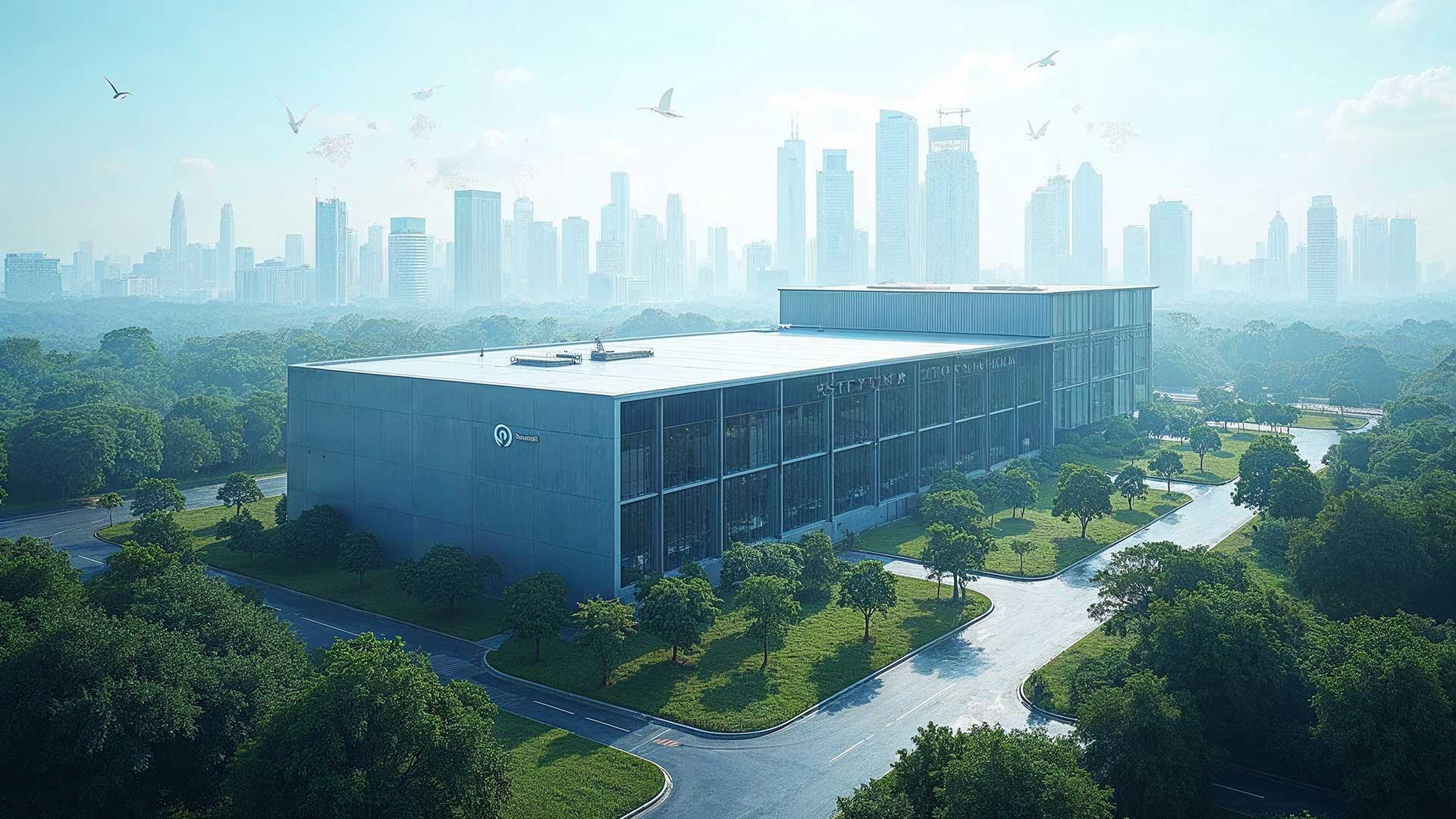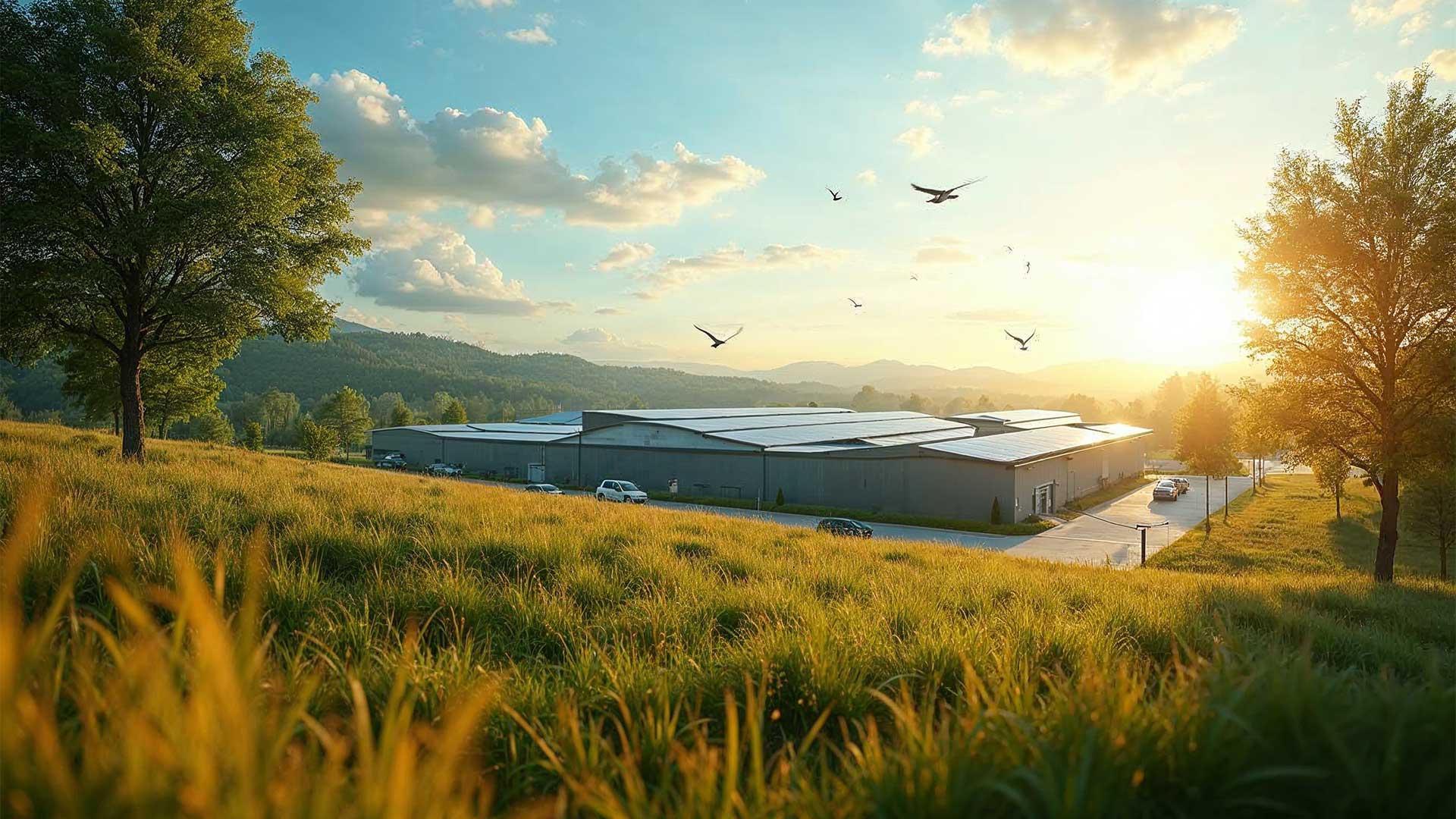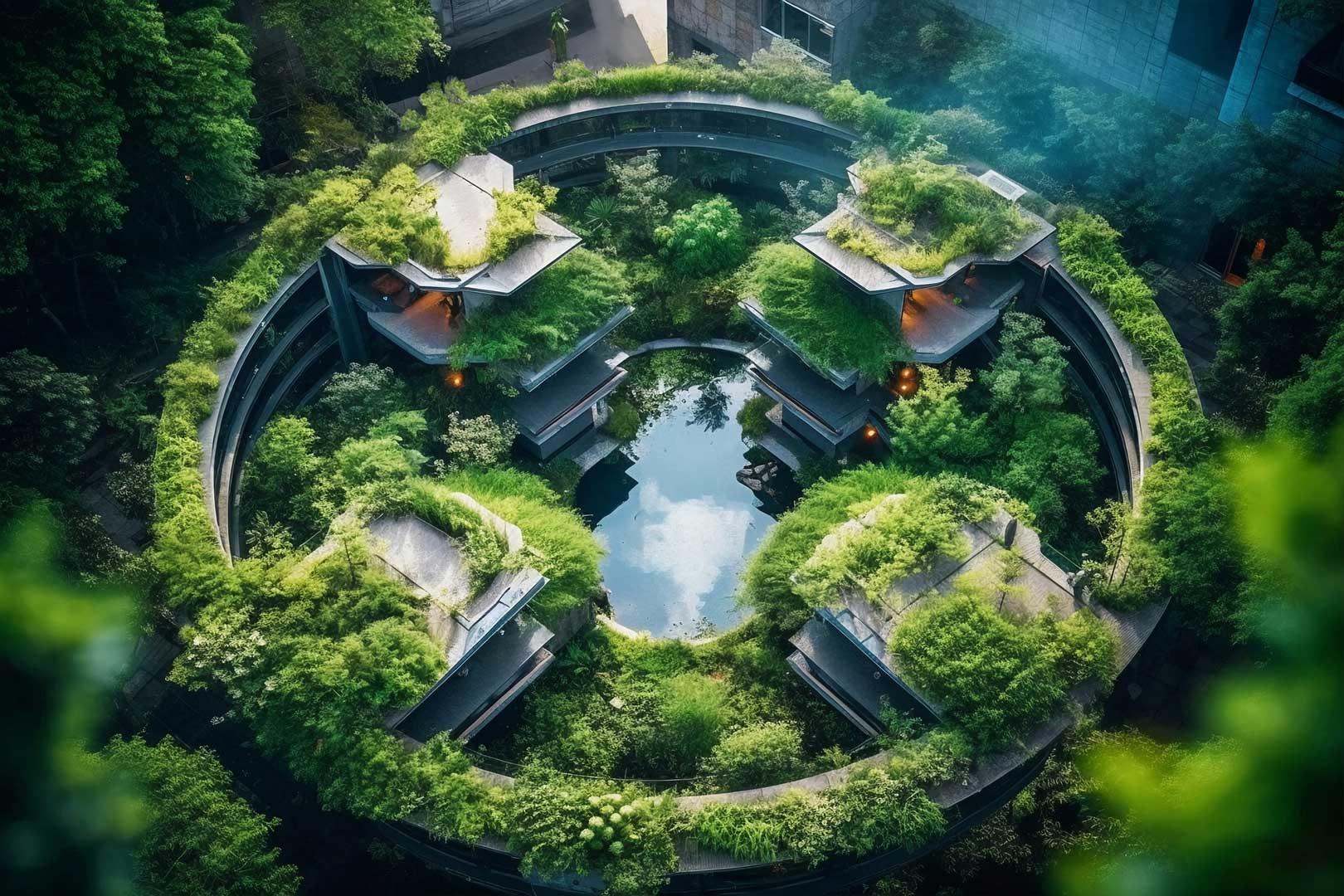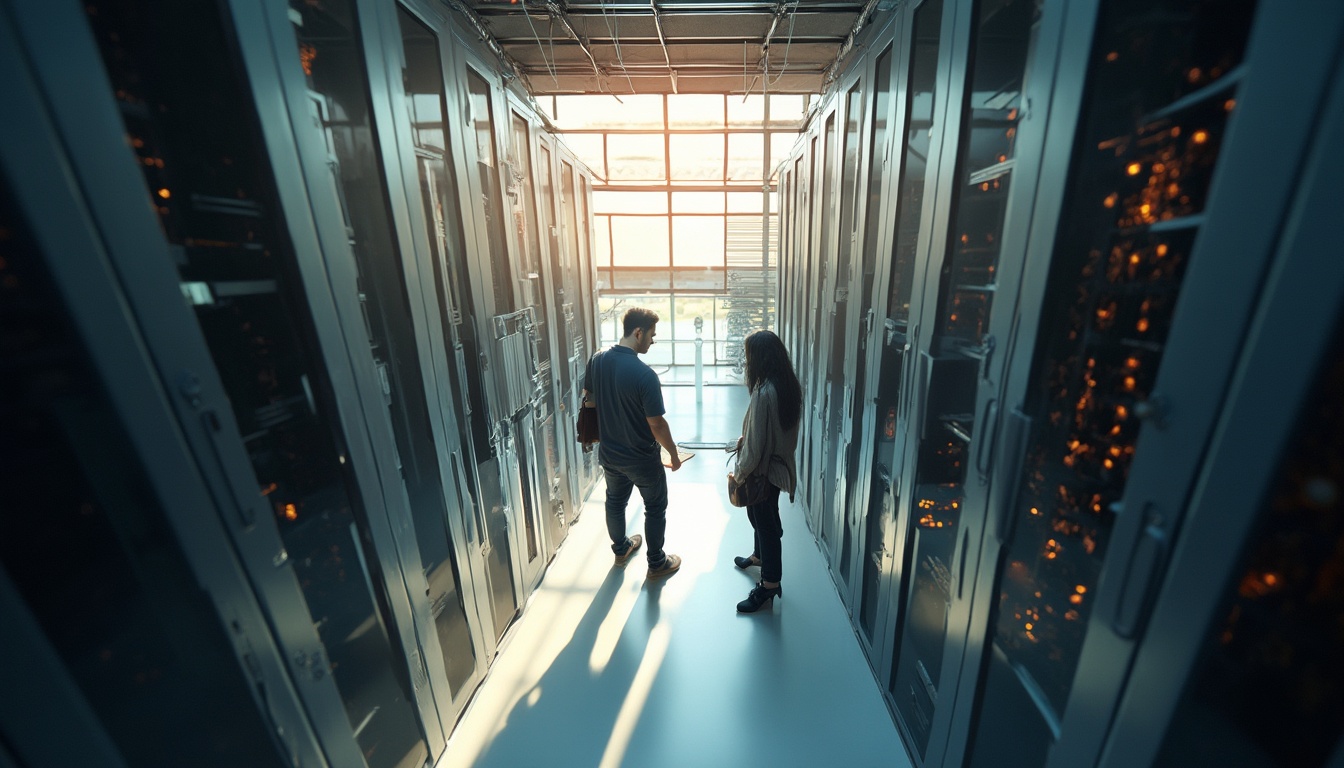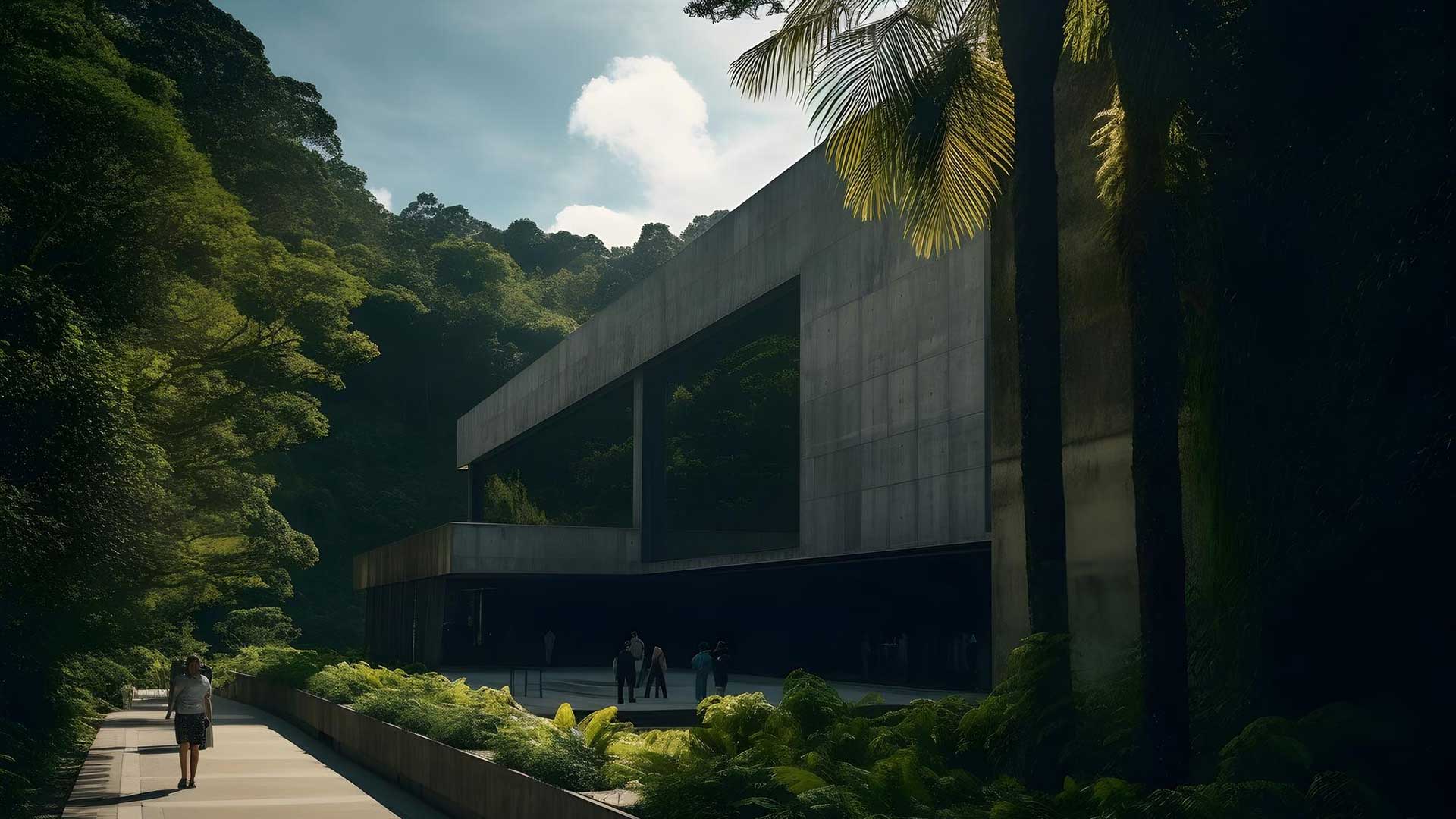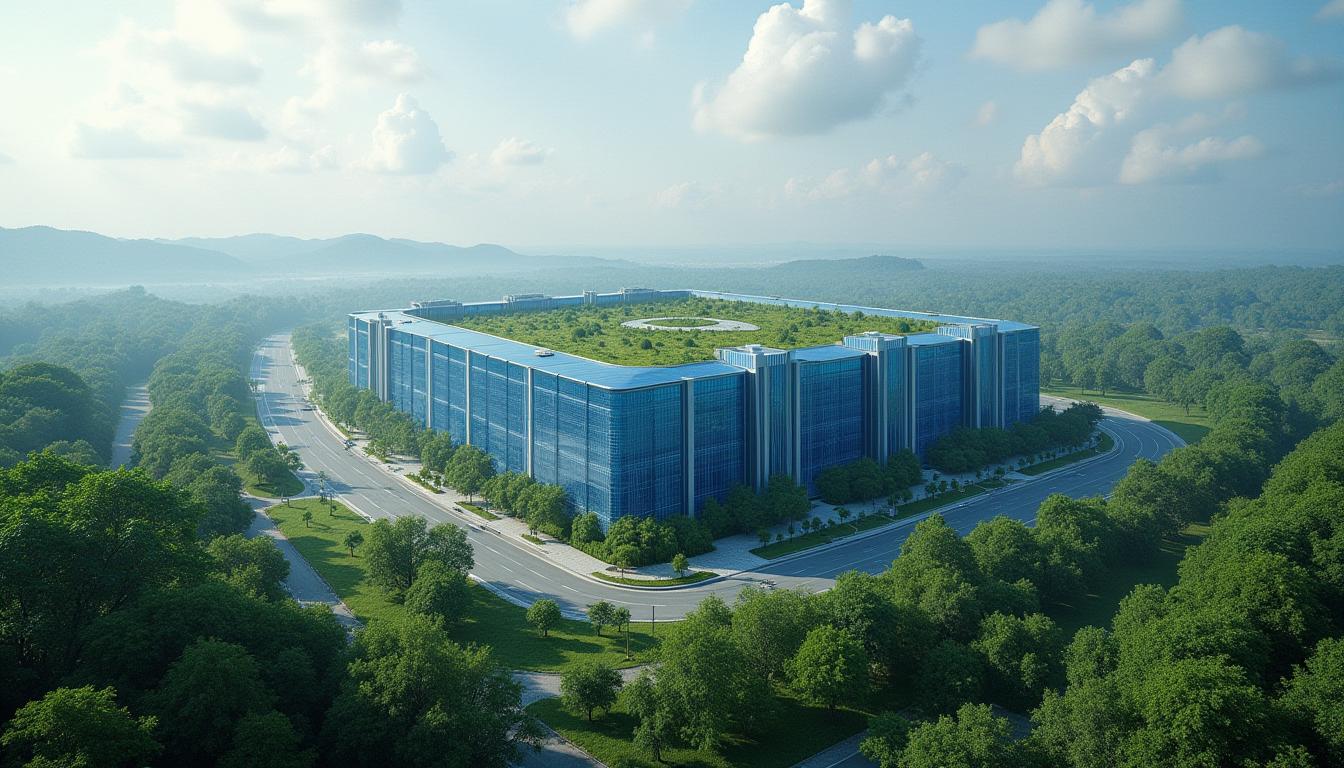
Malaysia’s data center sector is experiencing transformative growth, underpinned by robust policies and significant investments. As the nation embraces a digital-first future, its strategic initiatives are attracting global tech giants and reinforcing its position as a key player in Southeast Asia’s digital economy. Let’s explore how Malaysia’s vision for sustainability, innovation, and investment is driving unparalleled progress in 2025.
From Policy to Progress: Malaysia’s Winning Strategy
Malaysia’s proactive policies have created a fertile ground for data center expansion. By addressing sustainability, digital innovation, and regional competitiveness, the government is building a thriving ecosystem for global and local players alike.
1. Sustainability as a Differentiator
Sustainability is no longer just a bonus—it’s a mandate. Malaysia’s introduction of sustainability-focused guidelines in 2024, led by Deputy Minister Liew Chin Tong, highlighted the need for efficient water and energy use in data centers. These measures align with the country’s Renewable Energy Roadmap (MyRER), which seeks to achieve 70% renewable energy usage by 2050.
Data center operators adopting green technologies and energy-efficient practices are now viewed as sustainable partners for businesses. This focus on environmental stewardship gives Malaysia a competitive edge as global companies seek to reduce their carbon footprint.
2. Innovation-Focused Policies
Prime Minister Anwar Ibrahim’s announcement of the National Cloud Policy in late 2024 reinforced Malaysia’s ambitions in the digital economy. The policy focuses on:
- Enabling public service innovation.
- Boosting economic competitiveness.
- Strengthening data sovereignty and security.
Complementing this, the creation of a national AI office emphasizes the ethical use of artificial intelligence, ensuring Malaysia stays ahead of global technological trends.
For investors, these measures create a secure and forward-thinking regulatory environment, essential for confidence in long-term digital infrastructure investments.
3. Thoughtful Urban Planning for Data Centers
Malaysia’s new planning guidelines introduced in 2024 provide clarity for developers by restricting data center projects to commercial and industrial zones. The inclusion of mandatory buffer zones near residential areas ensures harmony between economic growth and community welfare.
These regulations showcase Malaysia’s commitment to sustainable, well-integrated development—a vital factor for companies considering regional investments.
Investments Pouring In: A Global Vote of Confidence
Malaysia’s strategic initiatives are already translating into tangible investments, with global tech leaders making significant commitments:
- Google: $2 billion for its first data center and cloud region in Malaysia.
- Microsoft: $2.2 billion to enhance AI and cloud capabilities in the country.
- YTL Power & Nvidia: A $4.3 billion partnership focusing on AI-driven advancements.
These investments underscore Malaysia’s potential to lead Southeast Asia’s data center industry, providing cutting-edge infrastructure that supports high-growth technologies like AI and IoT.
Regional Competitiveness: Malaysia vs. Singapore
While Singapore remains the region’s leader in data centers, Malaysia’s cost-effective solutions, abundant land, and sustainable energy resources are shifting the narrative. The government’s proactive policies further enhance its appeal, offering businesses a stable and predictable framework for growth.
For companies seeking scalability and affordability without compromising on technology and innovation, Malaysia is becoming an increasingly attractive alternative.
Opportunities for Stakeholders
Malaysia’s evolving data center ecosystem offers a wide range of opportunities:
- Foreign Investors: Lucrative incentives and streamlined processes make Malaysia a compelling destination.
- Local Businesses: Partnerships with global firms foster knowledge transfer and technological growth.
- Enterprise Clients: Sustainable, AI-ready data centers provide reliable infrastructure for handling data-intensive workloads.
Navigating Challenges
Despite its positive trajectory, the industry faces challenges like scaling renewable energy adoption, managing regulatory compliance, and ensuring consistent power supply. However, Malaysia’s proactive ecosystem and strategic partnerships suggest these hurdles can be addressed effectively.
The Future is Bright
Malaysia’s data center policies and investments in 2025 exemplify how strategic vision and execution can transform an industry. By aligning sustainability, innovation, and regional competitiveness, the nation is poised for sustained growth in the digital age.
For businesses and investors, Malaysia represents a unique combination of opportunity, stability, and innovation—a trifecta that sets the stage for long-term success.
